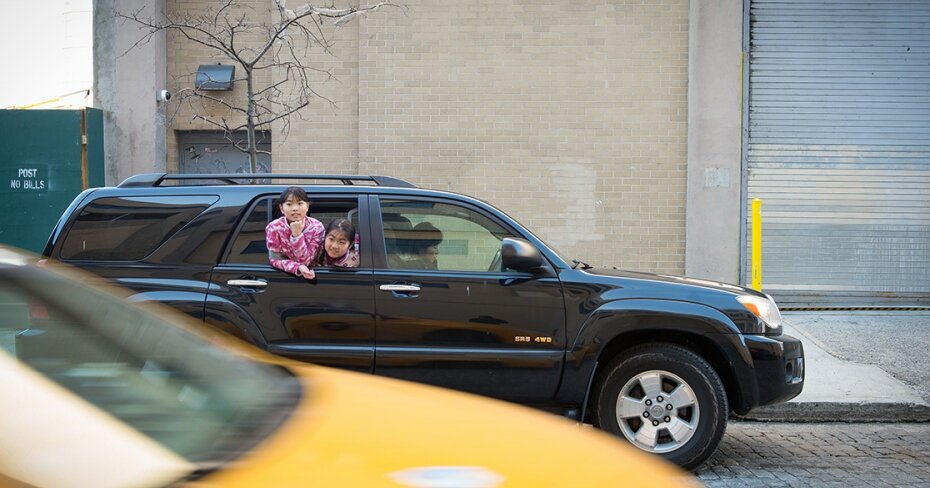What you need to know about mandatory car insurance in Canada
By: Robb Engen on April 15, 2016
Canadian drivers are legally obligated to carry basic auto insurance coverage on their vehicles. But because each province and territory has its own legislation and rules, auto insurance can look much different from one province to the next.
Drivers in provinces such as British Columbia, Saskatchewan, and Manitoba buy their auto insurance policies from the provincial government, while drivers in other provinces and territories get coverage from private insurance corporations.
Some provincial governments sell the mandatory basic insurance policy and leave it up to drivers to top up their coverage through a private insurer. The province, for example, covers Quebec drivers for injury claims while private insurers specialize in property damage claims.
To help you sort through the details of mandatory car insurance in Canada no matter which province or territory you reside, here’s what you need to know:
British Columbia
- Public auto insurance
- Minimum $200,000 in third-party liability
- Basic mandatory coverage purchased through government-run Insurance Corporation of British Columbia (ICBC).
- Optional coverage can be purchased from ICBC or private insurers
Alberta
- Private auto insurance
- Minimum $200,000 in third-party liability
- Drivers must have Accident Benefits insurance, which pays expenses above provincial health care if the driver is injured in a crash
Saskatchewan
- Public auto insurance
- Minimum $200,000 in third-party liability
- Basic mandatory coverage purchased from the government-run Saskatchewan Government Insurance (SGI).
- Optional coverage can be purchased from SGI or private insurers
- Collision and comprehensive coverage is required, but deductibles vary depending on the vehicle
Manitoba
- Public auto insurance
- Minimum $200,000 in third-party liability
- Basic mandatory insurance purchased from the government-run Manitoba Public Insurance (MPI)
- Optional coverage can be purchased from MPI or private insurers
- Comprehensive and collision coverage is mandatory, although deductibles vary depending on the vehicle
Ontario
- Private auto insurance
- Minimum $200,000 in third-party liability
- Drivers must have Accident Benefits insurance, which pays expenses above provincial health care if the driver is injured in a crash
Quebec
- Public auto insurance
- The government-run Société de l’assurance automobile du Québec covers injury claims and is funded through vehicle registration and driver licensing fees
- Minimum $50,000 in third-party liability provided by private insurers, limited to property damage incurred inside the province, and to personal injury and property damage outside Quebec
Newfoundland and Labrador
- Private auto insurance
- Minimum $200,000 in third-party liability
- The only province where medical, funeral, disability, and death benefit coverage is optional
New Brunswick
- Private auto insurance
- Minimum $200,000 in third-party liability
- Drivers must have Accident Benefits insurance, which pays expenses above provincial health care if the driver is injured in a crash
Nova Scotia
- Private auto insurance
- Minimum $500,000 in third-party liability
Prince Edward Island
- Private auto insurance
- Minimum $200,000 in third-party liability
Northwest Territories
- Private auto insurance
- Minimum $200,000 in third-party liability
Nunavut
- Private auto insurance
- Minimum $200,000 in third-party liability
Final thoughts
Most jurisdictions, regardless of whether they’re run publicly or privately, have mandatory minimum third-party liability auto insurance coverage of at least $200,000. That’s important so that you’re not on the hook for damage you might do to others.
Collision and/or comprehensive coverage for your own vehicle, on the other hand, may not be mandated in your province. You may want to consider adding or deleting this coverage depending on the value of your vehicle.
It’s best to add this coverage if it would cause you serious financial harm to have to repair or replace your vehicle after a collision. Alternatively, it may not be worth adding collision coverage to a vehicle worth less than $5,000.
Carefully consider your options, and review the laws in your province. Then, make a decision that works well with your finances.


